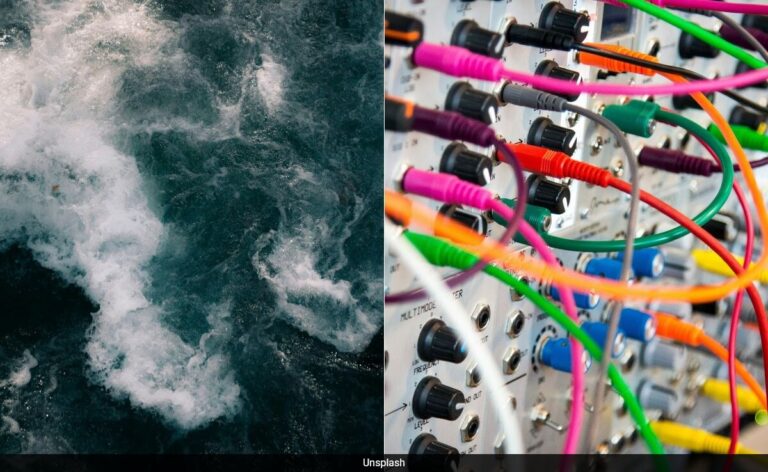
Underwater avalanches pose a risk to communication networks around the world.
Subsea avalanches, or turbidity currents, pose a significant threat to the global undersea internet network, which spans more than 1.5 million kilometres of undersea fibre optic cables, according to a new study. These avalanches occur when sediments on the ocean floor suddenly shift, creating powerful, high-speed currents. As these currents move across the ocean floor, they can cut or damage the delicate cables that carry internet and telecommunications data across continents. The disruptions caused by these events could lead to significant global internet outages, highlighting the vulnerability of the world’s digital infrastructure to natural undersea phenomena.
“My new research into ancient underwater avalanches calls into question our understanding of how underwater avalanches occur and could change the way geologists assess avalanche hazard,” wrote Christopher Stevenson, lead author of the study and senior lecturer in quantitative sedimentology at the University of Liverpool.
According to Science AlertThere are currently over 550 submarine cables in operation worldwide, with an estimated total length of 1.4 million km, enough to wrap around the Earth 35 times. If an undersea cable were to be damaged by an undersea avalanche, the consequences could be widespread and costly.
The 2006 Pingtung earthquake in Taiwan triggered an undersea avalanche that severed many of the undersea cables connecting Southeast Asia to the rest of the world. China’s largest Internet operators reported a 90% drop in traffic to the United States at the peak of the earthquake, and Taiwan saw Internet traffic to neighboring islands drop by 74%-100%. This led to a sharp decline in the number of financial transactions, hurting global markets. Restoring the network to full operation took 39 days and cost millions of dollars in shipping.
“Our understanding of underwater avalanches is still in its infancy, but research continues to provide new insights into where they occur, how they happen, and how powerful and destructive they can be,” the study authors wrote in their announcement. These intriguing phenomena serve as a reminder of the many wonders that still lie hidden in the deep ocean.


